If your Apple Vision Pro feels front‑heavy or leaves cheek and nose hot spots after 30–60 minutes, the right support setup can make a night‑and‑day difference. Below, we compare Apple’s Dual Loop Band and the third‑party Flit Lift system side by side, focusing on how each redistributes weight, reduces pressure, and maintains stability for longer sessions—then wrap up with clear buying advice. ⏱️ 8-min read
What Actually Causes Vision Pro Discomfort
The Vision Pro’s front module concentrates mass toward your face. Without good offloading, that weight creates pressure points and slippage that compound over time. The main drivers of discomfort are:
- Front‑heavy load: Gravity pulls the headset down and forward, especially as foam compresses during a session.
- Cheek and nose pressure: Most users notice hot spots on the upper cheeks and bridge of the nose as the seal bears weight.
- Strap‑induced slippage: If straps are too loose, the headset migrates downward; too tight and you get red marks and skin fatigue.
- Fit variables: Head shape, hairstyle (especially dense or slippery hair), skin sensitivity, eyeglasses, and session length all amplify these issues.
Comfort isn’t just about tightness—it’s about how and where the load is carried. The goal is to move load off the face and onto the crown and occipital areas while keeping optics stable.
Apple Dual Loop Band: Design, Materials, and Fit
Apple’s Dual Loop Band replaces the one‑piece Solo Knit with a two‑strap layout that creates independent tension zones: a top strap that provides upward lift over the crown and a rear strap that anchors the back of the head. This gives you finer control over how much weight is lifted versus how tightly the headset is locked in.
Key characteristics:
- Two independent adjustments: Set the top strap for vertical support (lift), then the back strap for stability (lock‑in).
- Soft, breathable textiles: Designed to spread pressure and resist slipping without harsh edges.
- Adjustability and sizes: The band is adjustable and offered in multiple fit options; Apple includes both the Solo Knit Band and the Dual Loop Band in the box. Replacement/extra bands are sold separately on Apple.com—check current sizing and availability on Apple’s product pages.
Compared with the Solo Knit Band, the Dual Loop generally redistributes more of the load to the top of your head, reducing cheek/nose pressure for many users.
Flit Lift System: What It Is and How It Offloads Weight
Flit Lift is a third‑party “dynamic lifting system” designed to take frontal load off your cheeks and nose and transfer it to better‑tolerated areas. While model details vary by kit (see FlitLift.com for current options and compatibility), the core idea is consistent: introduce upward lift and/or rear counterbalance so the headset feels lighter on the face.
What that looks like in practice:
- Lift mechanics: An adjustable lift element (often via elastic, dial, or strap routing) adds vertical support to counteract downward drift.
- Potential counterbalance: Some kits include or support rear balancing to reduce front torque without over‑tightening facial contact.
- Compatibility and install: Designed to work with Vision Pro bands; installation typically uses clamp‑ or strap‑based attachment—no permanent mods. You tune lift tension so the device “floats” more comfortably.
The aim is a noticeably lighter facial feel and less reliance on squeezing the face seal for stability.
Comfort Showdown: Pressure Distribution and Stability
Here’s how these solutions differ where it matters most.
Pressure distribution:
- Dual Loop Band: Splits force between top and rear, lifting some weight off the face while maintaining back‑of‑head anchor. Most users see reduced cheek/nose pressure compared with the Solo Knit.
- Flit Lift: Actively offloads the front mass with lift and, when available, counterbalance—often leading to the lightest facial contact of the two, especially during longer sessions.
Stability during movement:
- Dual Loop Band: Very stable once dialed in; because the top strap is integral, it resists pitch and drift during normal head turns.
- Flit Lift: Stability is excellent when lift tension is properly tuned. Too much lift can introduce slight bobbing; correct tension eliminates that and feels “weightless” without wobble.
Fit retention over 30–60 minutes:
- Dual Loop Band: Minor loosening can occur as textiles settle; a quick re‑tension at the 10–15 minute mark usually solves it.
- Flit Lift: Because lift counters gravity continuously, it can maintain comfort longer with fewer readjustments, especially for users sensitive to cheek pressure.
Red marks and skin fatigue:
- Dual Loop Band: Generally less than Solo Knit; still possible if you overtighten the rear strap.
- Flit Lift: Tends to minimize red marks by reducing the need to cinch the face seal for stability.
Setup and Daily Use: Step‑by‑Step Fit for Each
Dialing in the Apple Dual Loop Band
- Seat the headset lightly on your face with the band loose.
- Adjust the top strap first to add gentle upward lift. Aim for a neutral feel on the cheeks and nose.
- Tighten the back strap until the headset feels locked but not pinchy. Keep the jaw free and comfortable.
- Do a 10‑minute check: If the headset has drifted, add a touch more top‑strap lift, then a tiny back‑strap snug.
- Save your settings; small day‑to‑day micro‑tweaks are normal as cushions compress.
Installing and Tuning a Flit Lift System
- Pre‑fit: Clean contact areas and lay out parts. Confirm your kit’s compatibility with your band and light seal.
- Mount: Attach the lift components per the instructions (typically clamp‑on or strap‑through points) without overtightening hardware.
- Routing: Set lift straps/lines so they pull upward without crossing cameras, sensors, or vents. Ensure the battery cable has full slack and no pinch points.
- Tension: With the headset on, slowly increase lift until cheek and nose pressure lighten. Stop before you introduce bounce.
- Counterbalance (if included): Add or adjust rear weight to neutralize front torque without extra face pressure.
- Safety/clearance check: Look for any obstruction in passthrough view, verify vent paths are open, and confirm nothing rubs against hair or skin.
- Weekly quick check: Re‑inspect attachments, re‑tune lift after cushion break‑in, and clean contact surfaces to maintain grip.
Who Should Choose Which: Use Cases and Head Profiles
Both options improve comfort; the best choice depends on your sessions, sensitivity, and setup.
- Prioritize Apple Dual Loop Band if:
- You want a stock, Apple‑supported solution with easy on/off and no added hardware.
- Your sessions are mixed (short to medium), and you mainly need better balance than the Solo Knit provides.
- You value quick adjustments for shared devices or frequent swap‑outs.
- Consider Flit Lift if:
- You run long sessions (productivity blocks, long movies) and feel cheek/nose fatigue within 30–45 minutes.
- You have sensitive skin, smaller head sizes, or dense/slippery hair that makes rear straps creep.
- You use high‑motion apps and want lift without ratcheting down facial pressure.
- You wear glasses and prefer minimal seal compression.
Simple decision path:
- Under 45 minutes, mild pressure: Dual Loop is likely enough.
- 45–120 minutes, noticeable red marks or drift: Flit Lift offers more sustained relief.
- Not comfortable installing third‑party hardware: Choose Dual Loop and refine your fit routine.
Price, Availability, and Support Policies
Apple Dual Loop Band:
- Included in the Vision Pro box alongside the Solo Knit Band.
- Sold separately on Apple.com; check current pricing and size options.
- Returns typically follow Apple’s standard policy (often around 14 days, varies by region) and the 1‑year limited warranty—confirm on Apple’s site for your country.
Flit Lift System:
- Pricing varies by kit and configuration; see FlitLift.com for current listings and shipping options.
- Review the manufacturer’s return window and warranty terms before purchase.
- Availability may fluctuate with demand; consider lead times if you’re planning for travel or work.
Maximizing Comfort Regardless of Choice
Comfort comes from small, consistent habits as much as hardware.
- Micro‑tensioning: Make tiny strap changes—1–2 mm at a time—rather than big swings.
- Rotate face cushions: Allow foam to rebound; swap between sessions if you can.
- Cooldown breaks: 3–5 minutes every hour helps reset skin and reduce heat build‑up.
- Clean contact surfaces: Wipe straps and seals to remove oils that cause slipping.
- Avoid over‑tightening: If you’re seeking stability by squeezing the face, re‑allocate lift to the top or rear instead.
Try this 20‑minute self test:
- Fit using the steps above (Dual Loop or Flit Lift).
- Use the headset for 20 minutes, then remove and note: pressure points, red marks, and any slippage.
- Adjust in small increments: a touch more top lift, a touch less rear tension, or slightly more counterbalance.
- Repeat once. When cheeks feel neutral and the headset stays put during gentle nods and turns, lock in your settings.
Bottom line: The Apple Dual Loop Band is the simplest path to better balance and everyday comfort. If you want the lightest facial feel for longer sessions—or you’re particularly sensitive to cheek/nose pressure—the Flit Lift system’s targeted offloading can be worth it. Choose the option that matches your session length, skin tolerance, and willingness to install third‑party hardware, and you’ll unlock far more comfortable time in Vision Pro.



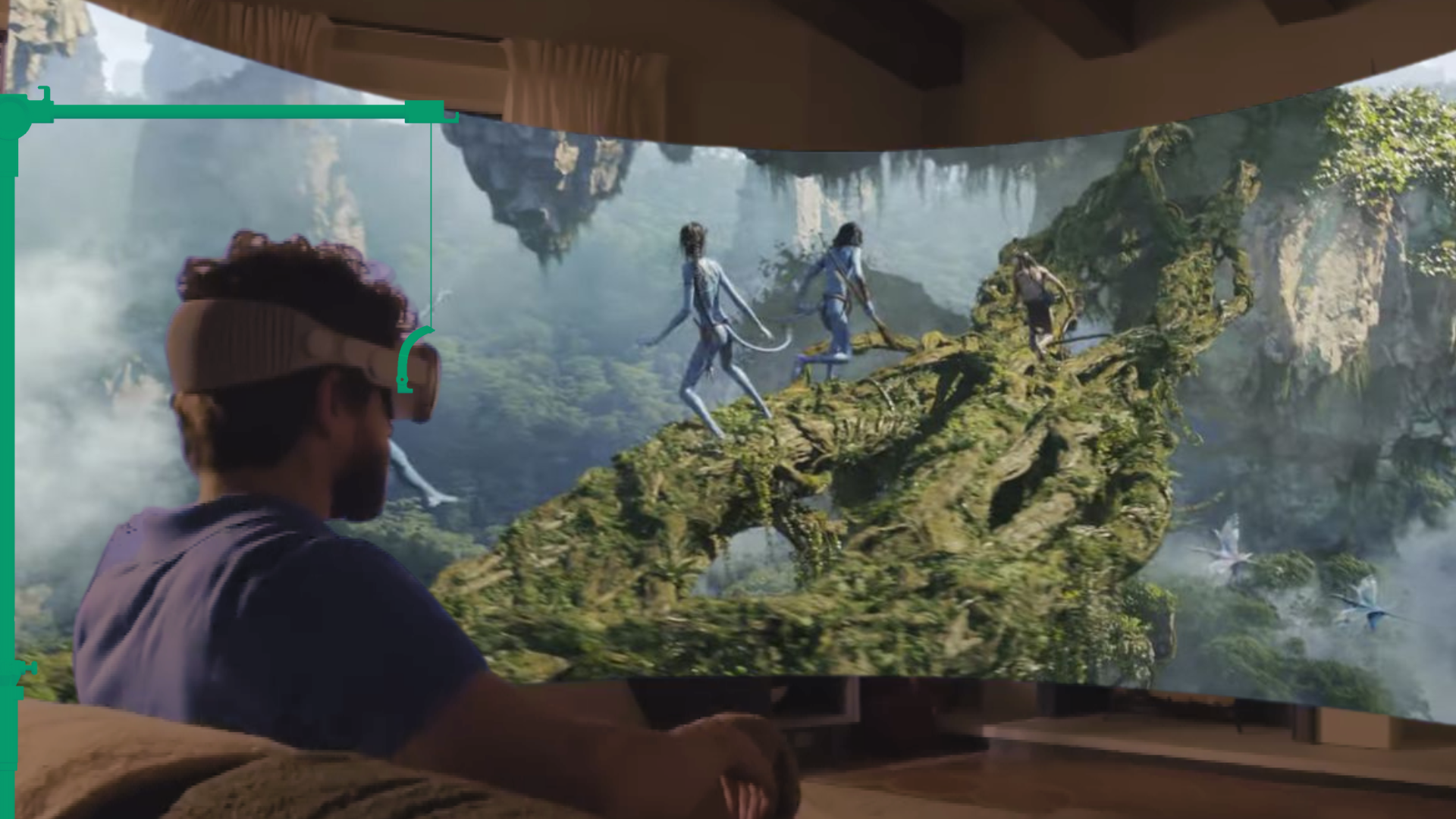

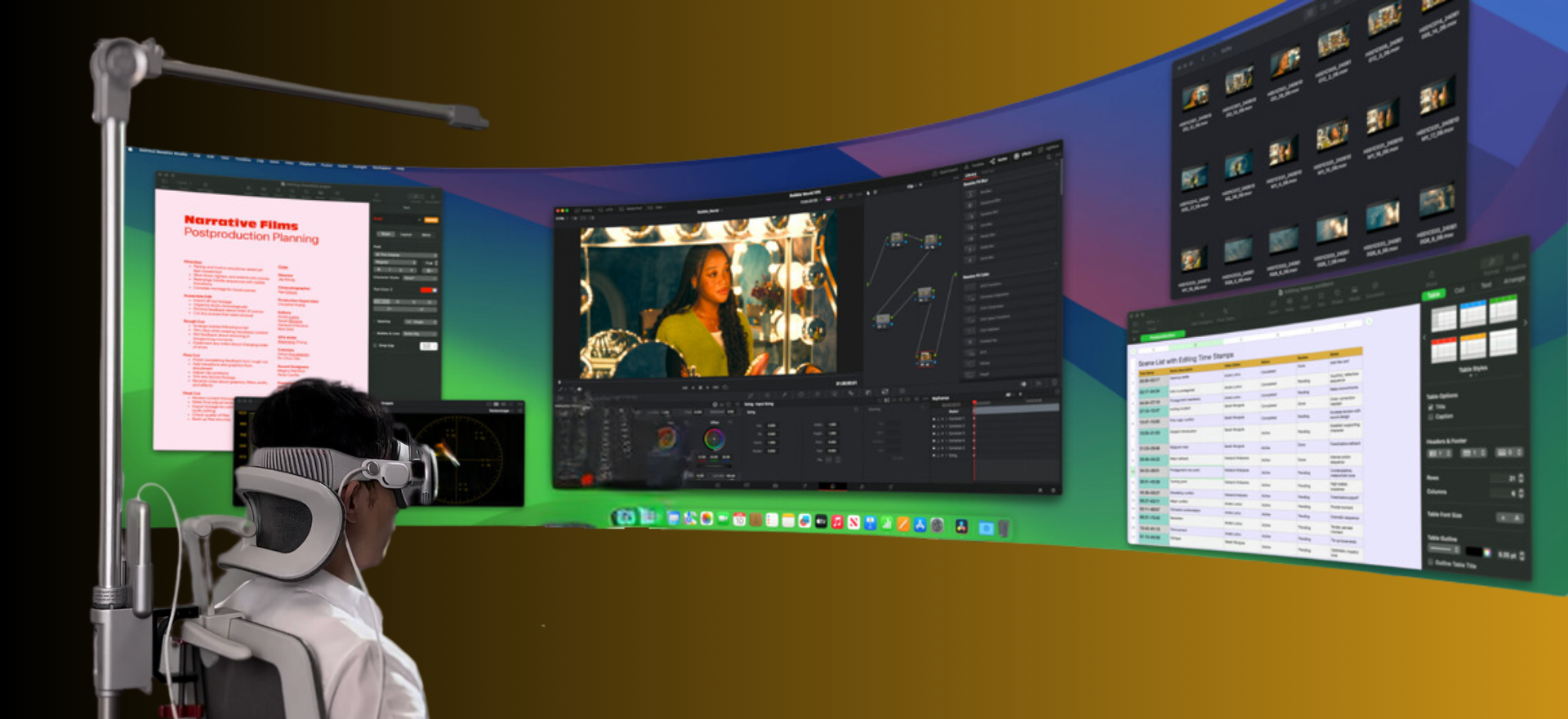
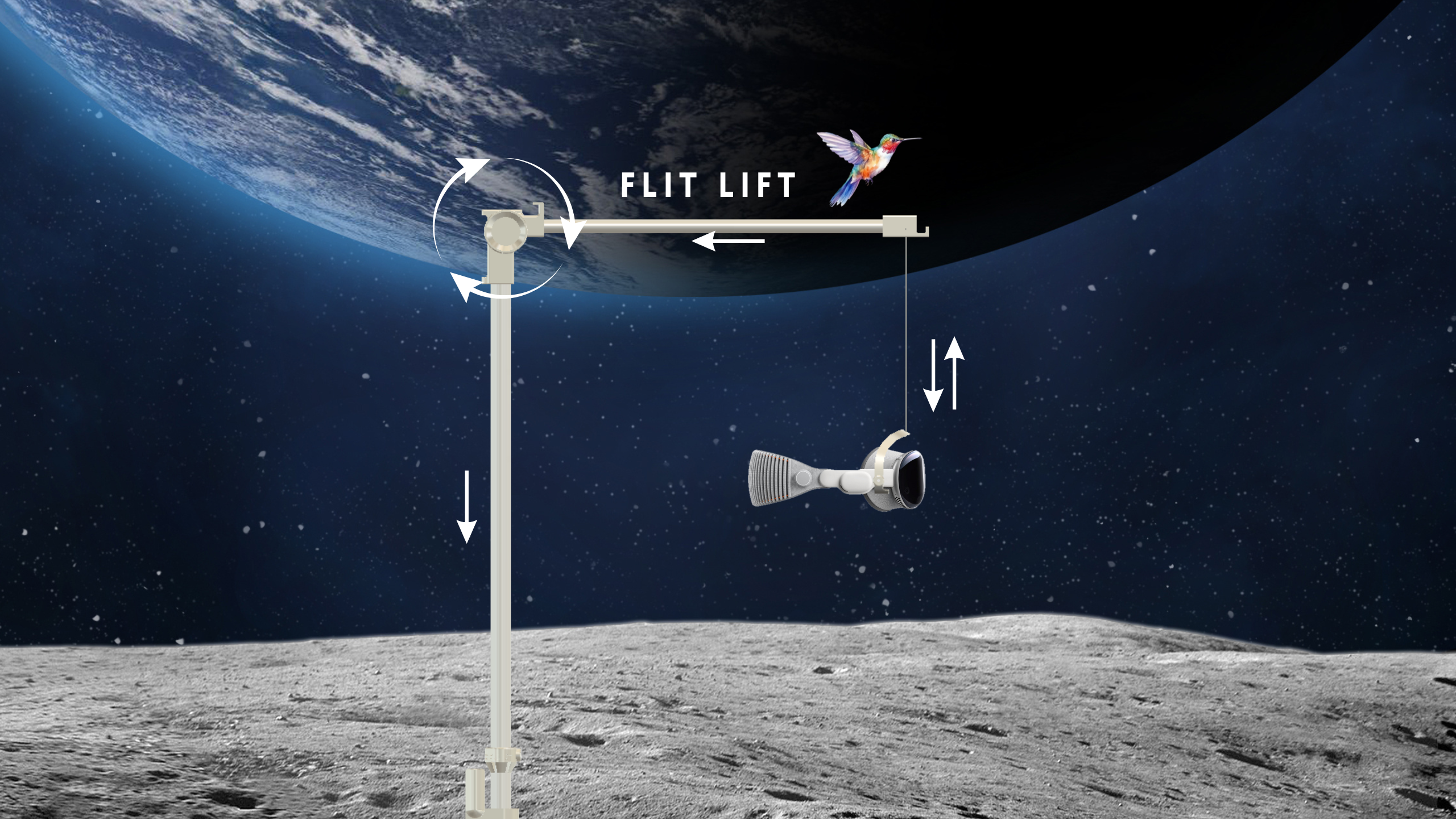
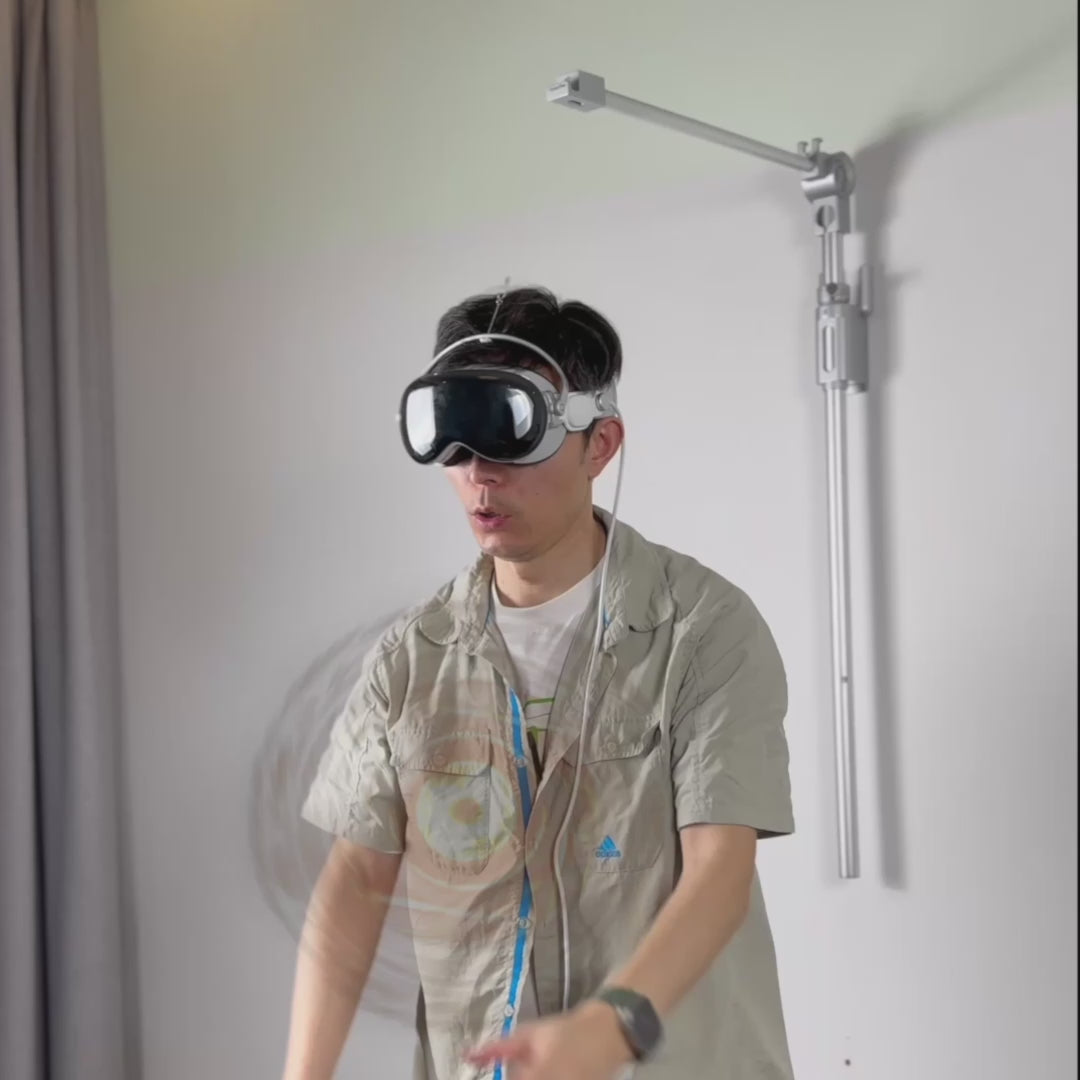
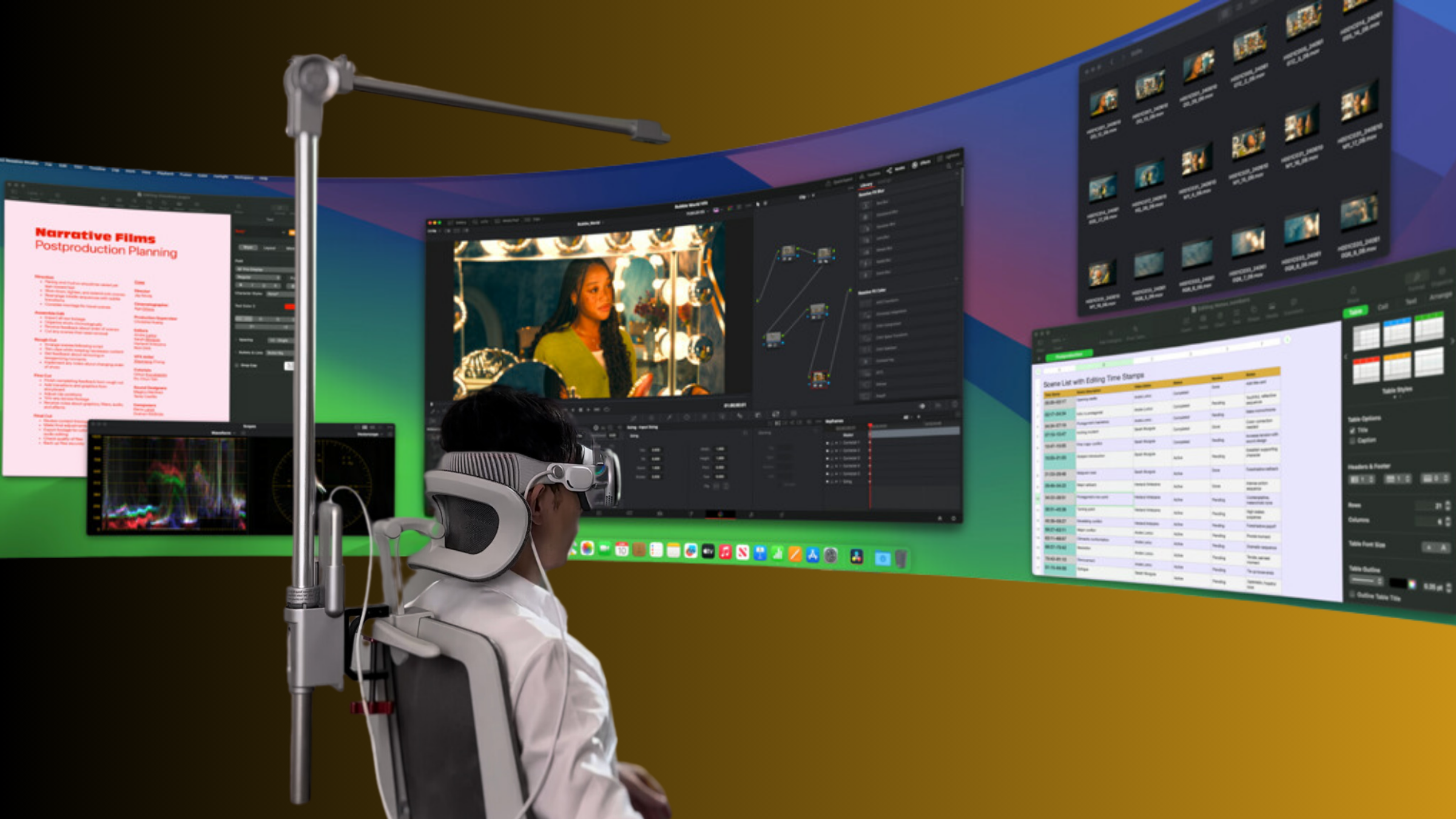
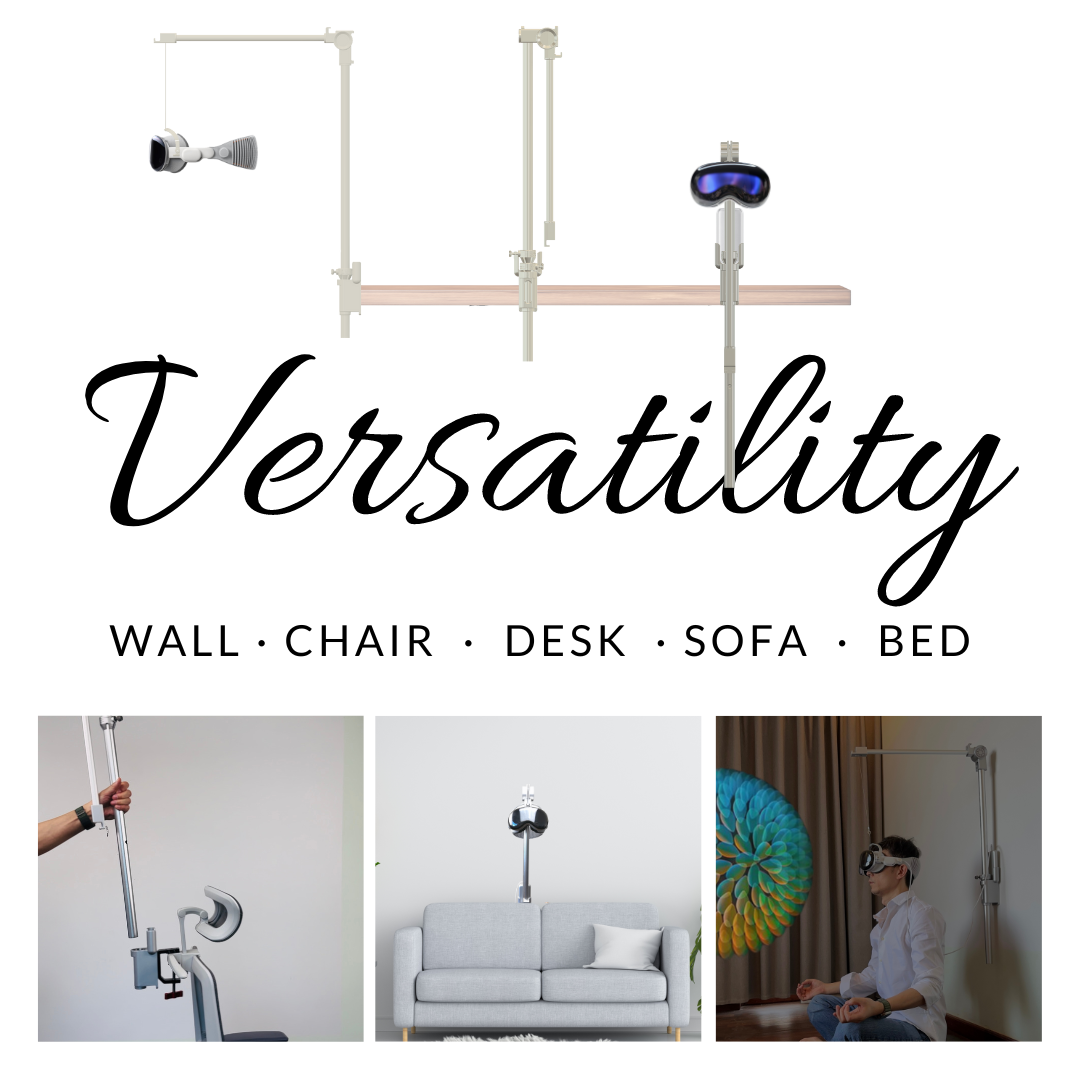
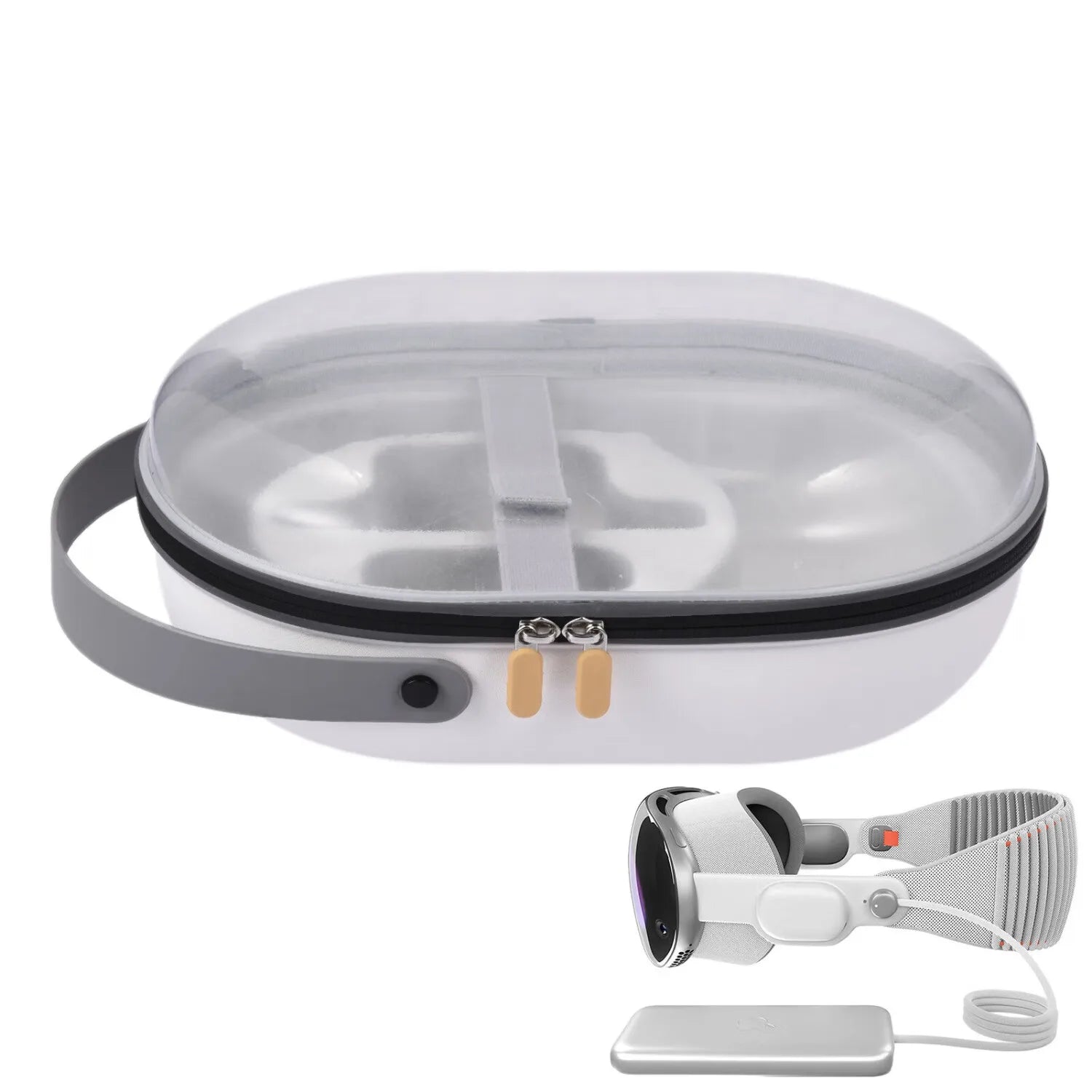
Compartir:
Comfortable travel with Apple Vision Pro: battery carry, cases, and on-the-go setup